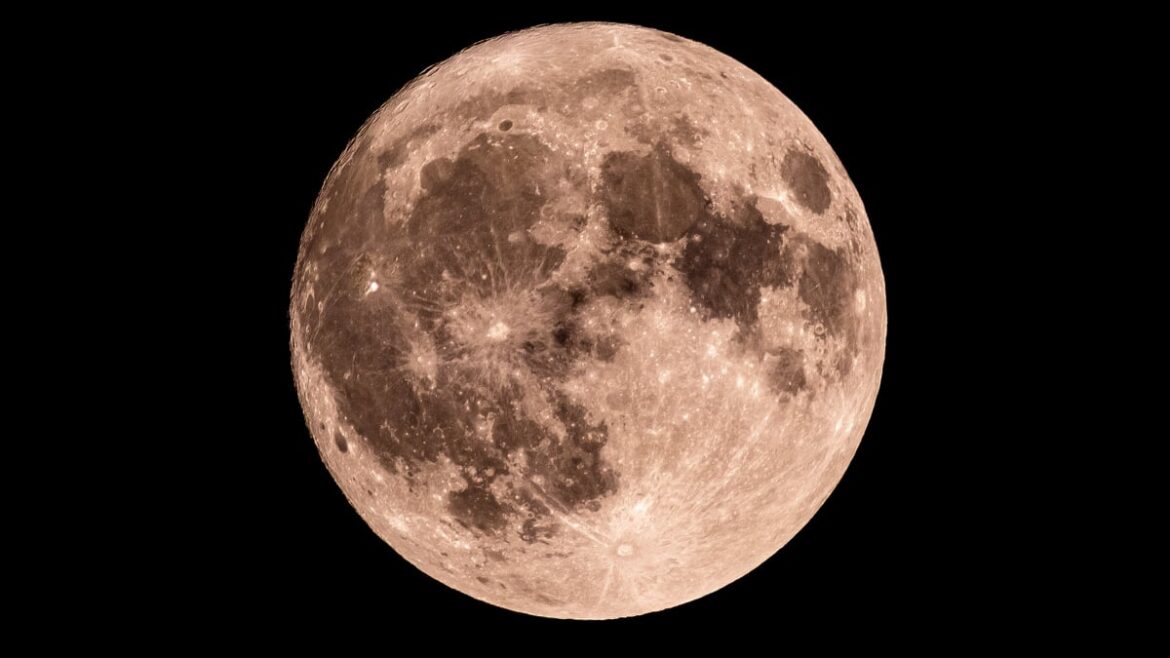There’s a lot to see on tonight’s moon, and after nights of next to no visibility, we’re excited.
This lack of visibility has been down to where we are in the lunar cycle, a series of eight unique phases of the moon’s visibility. The whole cycle takes about 29.5 days, according to NASA, and these different phases happen as the Sun lights up different parts of the moon whilst it orbits Earth.
See what’s happening with the moon tonight, June 29.
What is today’s moon phase?
As of Sunday, June 29, the moon phase is Waxing Crescent. Tonight, 20% of the moon will be lit up (according to NASA’s Daily Moon Observation).
This also marks the fourth day of the current lunar cycle, and after days of low visibility, there’s plenty we can spot on the moon’s surface tonight.
With just your naked eye, you’ll be able to spot the Mare Crisium and the Mare Fecunditatis. The Mare Crisium, also known as the “Sea of Crises”, this covers a large area, around 109,000 square miles. For context, NASA says this is around the same size as the state of Nevada.
The Mare Fecunditatis, also known as the “Sea of Fertility,” is an impact basin. This was the first spot where an automated sample retrieval took place. This was back in 1970.
If you have binoculars or a telescope, you’ll be given an extra treat in the form of the Endymion Crater. NASA tells us this crater is 78 miles in diameter and is defined by its dark, flat floor. This is caused by cooled lava.
Mashable Light Speed
When is the next full moon?
June’s full moon was on June 11. The next full moon will be on July 10.
What are moon phases?
Moon phases are part of a 29.5-day lunar cycle, according to NASA. This cycle is caused by the angles between the sun, moon, and Earth. Moon phases are how the moon looks from Earth as it goes around us. We always see the same side of the moon, but how much of it is lit up by the Sun changes depending on where it is in its orbit. This is how we get full moons, half moons, and moons that appear completely invisible. There are eight main moon phases, and they follow a repeating cycle:
New Moon – The moon is between Earth and the sun, so the side we see is dark (in other words, it’s invisible to the eye).
Waxing Crescent – A small sliver of light appears on the right side (Northern Hemisphere).
First Quarter – Half of the moon is lit on the right side. It looks like a half-moon.
Waxing Gibbous – More than half is lit up, but it’s not quite full yet.
Full Moon – The whole face of the moon is illuminated and fully visible.
Waning Gibbous – The moon starts losing light on the right side.
Last Quarter (or Third Quarter) – Another half-moon, but now the left side is lit.
Waning Crescent – A thin sliver of light remains on the left side before going dark again.
